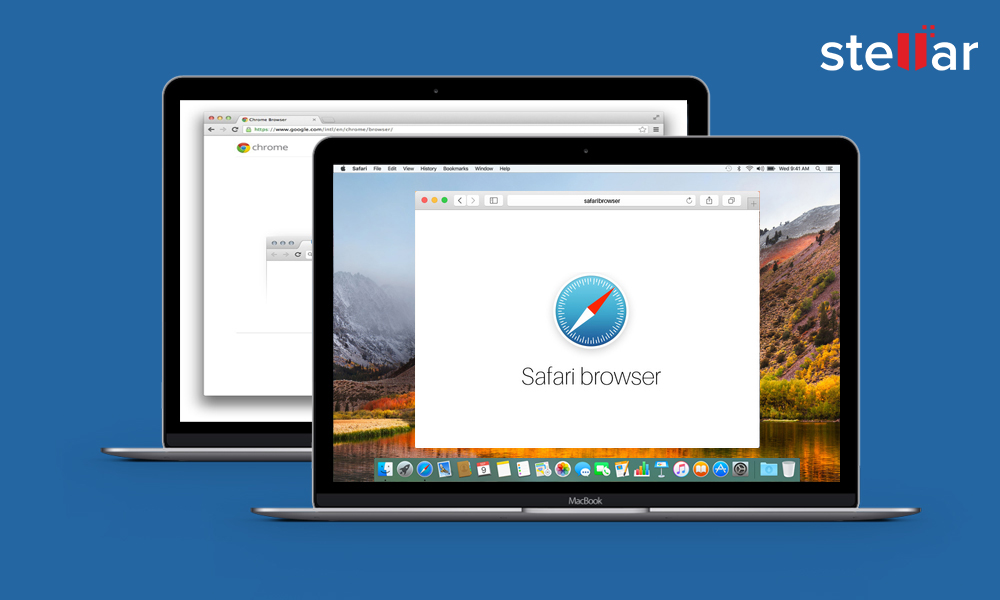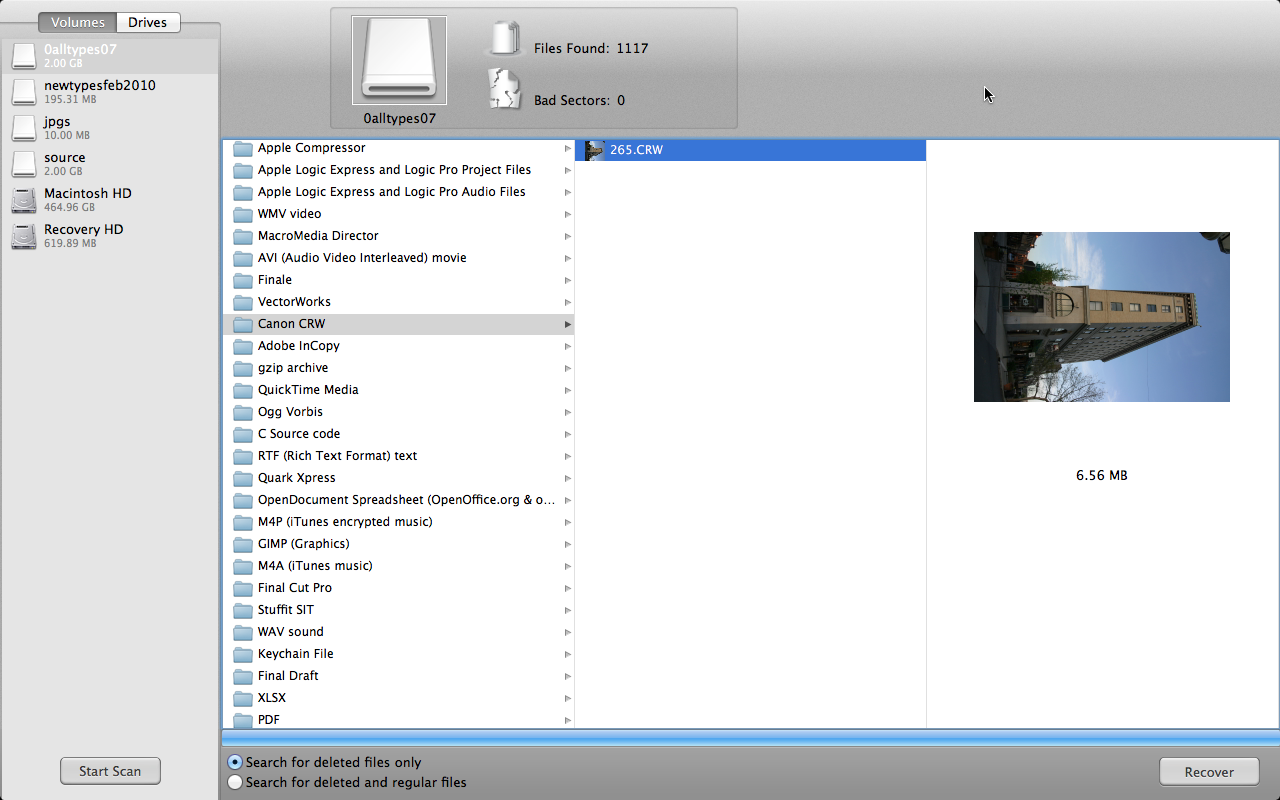How to Recover Deleted Files on Mac Without Software 2021 Free Though Mac data recovery software is available to recover deleted files on HDD, external USB drive, SD card, or fusion drive on a MacBook and iMac device, it is still good to command the knowledge of how to recover deleted files on Mac without software.
- The Free Mac Data Recovery from Softtote enables you to completely search and recover your bmp, jpg, png, tif, mp3 files back with the original quality from Mac-based internal/external hard disk (s). What’s more, unlike other data recovery freeware, it has no size limitation for recovering.
- Mac Data Recovery Guru is the only software that will generate thumbnails of the recoverable deleted files that you can view, so you can instantly what can be recovered, for free. After ensuring that you can recover the desired files by seeing them you can then choose to purchase the software.
Get a data lifeguard for Mac
Are you sure you want to delete “THIS REALLY IMPORTANT FILE”?
*Hits Delete*
Wait! I mean Cancel. I meant to press Cancel. I NEED THAT FILE.
Noooooo!
We’ve all been there. Inexplicably deleting a file and regretting it immediately. It sucks. It really does. But it’s not the end of the world. There are ways and means of recovering your files. More specifically, there are tools, tips, and tricks to help you recover your files.

Best File Recovery Apps for Mac
Recover deleted files with Setapp. So that nothing ever gets lost in the shuffle.
In this article, we’ll discuss how to recover deleted files on Mac with the help of an extensive selection of solutions. They will be suitable for a variety of different scenarios that you might find yourself in when trying to recover lost or missing data.
Let’s dig in.
Common reasons leading to lost data
Besides the human error — an example we’ve started this article with, — there are other reasons for having lost files and data on your laptop. Some of the most widespread are software corruption or critical errors, malware, and hardware failure.
While hardware failure can mean your data is unrecoverable, other types of data loss can often be reversed with various Mac files recovery techniques.
Is it possible to recover deleted files?
If you are wondering if it’s possible to retrieve a deleted file on your Mac after you’ve mistakenly removed it or there’s been a software malfunction, don’t worry, it likely is. One of our favorite solutions for undeleting files on Mac is dedicated file recovery app Disk Drill (which we will go on in detail about later in the article), but there are other ways which we shall discuss first, so read on.

The best ways to recover deleted files on Mac
From restoring deleted files from your Mac’s Trash to recovering a completely deleted file, let’s look at some of the best ways to address the recovery of your deleted files.
Check the Trash bin
This might be an obvious one, but just to be sure you didn’t miss anything, click on the Trash icon in your Dock and go through the files there. If you spot the file you need, just double-finger click on it and select Put Back menu option to restore your file:
Retrieve deleted files with Undo command
If you’ve just deleted your file and haven’t performed any other actions on your Mac, here’s how to recover this file from Trash on Mac almost instantly.
Without exiting the folder, press Command + Z hot key combination to see your file return immediately to the folder.
That’s it, just like magic.
Recover deleted files with Disk Drill
Disk Drill is a popular solution among Macintosh users to recover deleted files. The app can help find files you’ve deleted from your Trash or that were lost in a software glitch.
To see all the files that can be restored, install the app and run the Disk Drill scan on your Mac:
Browse the results or search for exact file name or extension:
Select the files you want back and click the blue Recover button at the bottom right. Select where to put your file and you are done.
Recover files from backups on a Mac

To be absolutely sure all your data is secure, your best bet is creating a backup. You can use the built-in Time Machine option or third-party solutions like Get Backup Pro or ChronoSync Express.
All of them have their strengths and weaknesses, so let’s take a closer look and see what fits best with your style of file management and the type and size of data you work with.
To create a backup with Time Machine, open the Apple menu, go to System Preferences, and find Time Machine:
Next, connect a hard drive to create a Time Machine backup and select the files folders you want backed up. You can either back up your full machine (this takes more time and requires more space on your drive) or exclude some of the files and folders to only focus on the items you really need.
After your backup is done, you can go back to that version of your machine any time you want and select the files you’ve lost or accidentally deleted.
To do that, open Finder > Applications and double-click on Time Machine.
You’ll see a set of windows, one after the other. Click on the arrows to the right of the window stack to navigate your Time Machine versions. Once you find the correct time of the backup, browse through folders to locate your missing file:
Click Restore to put it back where it originally was. The Restore button will be greyed out for the files that haven’t been deleted and don’t need restoring. And yes, this method will help you recover emptied Trash on your Mac — if the file you deleted was saved in an existing Time Machine snapshot.
Alternatively, you can use apps to create backups and sync files with more flexibility and customization.
Get Backup Pro is one such solution. The app allows you to set up backup tasks for various projects, create a backup schedule, and customize multiple elements of the process.
Once you set up your preferences, drag and drop the items you want backed up onto the backup project you’ve customized and click the blue play button to do the initial backup.
ChronoSync Express is a stellar synchronization option if you want to avoid multiple versions of the same files and folders.
With the app, you can sync folders, create backups, and schedule tasks:
As you can see, these apps are excellent for a targeted approach with detailed backup management and syncing individual folders at the exact time you require it.
Is it possible to restore files via Terminal?
If you did a quick search for ways to recover deleted files on your macOS, you might’ve seen guides on recovering files placed in Trash with the help of Terminal.
The step-by-step tutorials suggest to open the app (Finder > Applications > Utilities > Terminal) and type in cd. Trash command. Next, to see the files in Trash, the command ls is entered. Finally, to move the file out of Trash to home directory, mv
Recovering Deleted Files On Mac
Step 1. Select the location where your important data & files were deleted and click the 'Scan' button.
Step 2. The software will run both quick scan and deep scan and work hard to find as many deleted files as possible on the selected volume.
Step 3. The scan results will be displayed in the left pane. Just select the file(s) and click the 'Recover' button to get them back.
Without Software Solutions: How Do You Recover Deleted Files on Mac?
Recover Deleted Mac Files Free Downloads
Though Mac data recovery software is available to recover deleted files on HDD, external USB drive, SD card, or fusion drive on a MacBook and iMac device, it is still good to command the knowledge of how to recover deleted files on Mac without software.
Solution 1. Recover Deleted Files from Mac Trash Bin
Good for: Undo recently deleted files; Simple and temporary deletion
The Trash Bin, or simply Trash or Bin, contains all deleted items you removed, including drag and drop a file onto the Trash icon on the Dock, Control-click a file and then choose Move to Trash, or select a file and press Command (⌘) and Delete keys. Any of the three methods send your files and folders to the Trash Bin.
Trash Bin keeps the deleted items for a short period of time, usually 30 days, after then the files are automatically removed. Therefore, try to retrieve files from Mac Trash as soon as possible.
Step 1. Locate the Trash icon and open it.
Step 2. To filter specific files or folders you want to recover, you can manually look for the files by names or directly use the Search feature with either a file name or a certain file extension.
Step 3. Press and hold the Command key and click on the target file, and use the Put Back option to recover the files to their original locations.
Solution 2. Recover Deleted Files Using Mac Terminal
Good for: Experienced users; Recover deleted files temporarily and permanently
The operation of the macOS Terminal is based on a variety of command lines. What command line is used to retrieve deleted files? Look at the following steps.


Step 1. Follow the path to open the Terminal application on your Mac: Applications >Utilities >Terminal.
Step 2. In the command line, you'll need to enter the command lines each by each:
- cd.Trash: this command is for changing the directory to the hidden Trash folder
- ls: This command is to list all files in the Trash folder
- mv../: This is to move the specified file to the home directory. So, replace the filename with your own deleted file's filename
Step 3. Return to the home directory so you can check the restored files through Terminal.
What Else Can You Do to Recover Mac Deleted Files?
Regarding the topic 'How to recover deleted files on Mac without software', we basically demonstrate two ways with a step-by-step guide, including restoring from the Trash Bin and using the Terminal method. Both solutions are good to deal with the recently deleted files on all the major macOS versions, like Monterey, Big Sur, Catalina, Mojave and so on.
As a matter of fact, there are other solutions to deleted file recovery on Mac. For example, restore from the Time Machine backup as long as you create timely backups of essential data files through Time Machine. Of cause, if all the manual ways failed to help you recover the lost files, do not hesitate the try the all-around EaseUS Mac data recovery software, which can tackle 100+ cases of data loss scenarios and disasters even though you cannot boot the Mac operating system at all. The sooner you try, the less pain you'll suffer.